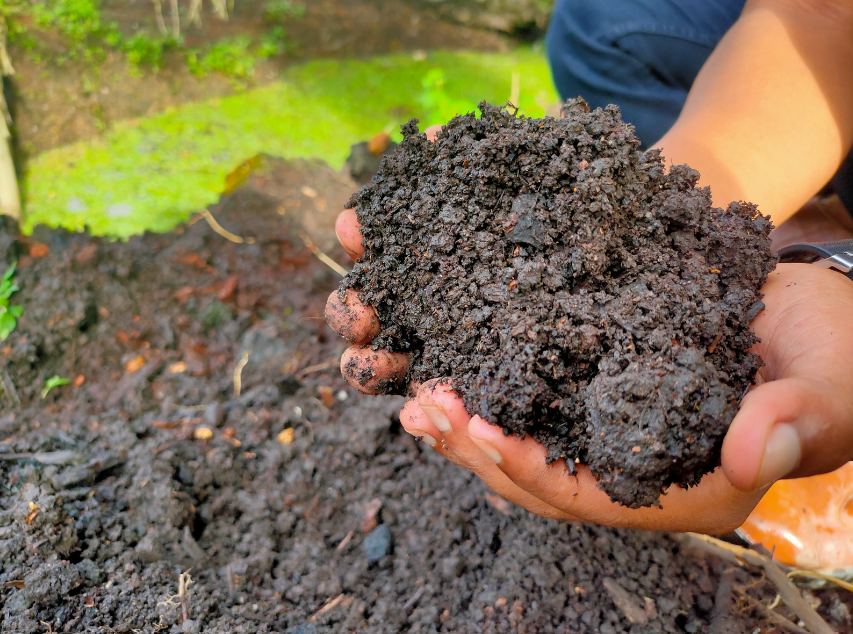Making space for nature
The dark months are over, everything is coming alive. Nature is waking up & being reborn.
Everything that we need to live and survive comes from nature. The air that we breathe, our water, our food and so much more. Yet so often, nature is taken for granted.
Spring is a great time to reboot and refresh our sense of motivation. Wellness experts suggest starting with small healthy changes such as eating more veggies and walking each day. But we need to do more if we want to nurture the natural spaces where we live.
We can all make space for nature in our daily lives. Let’s help make this spring a season of growth.
Mindful moments
Take time out of your busy day to connect with the world around you and the nature on your doorstep. From listening to birdsong, to walks in the woods with friends, getting out in nature – for just 2 hours a week – has proven benefits for our physical health and mental wellbeing.
Try and set time aside for a daily walk, bike-ride or just a mindful minute.
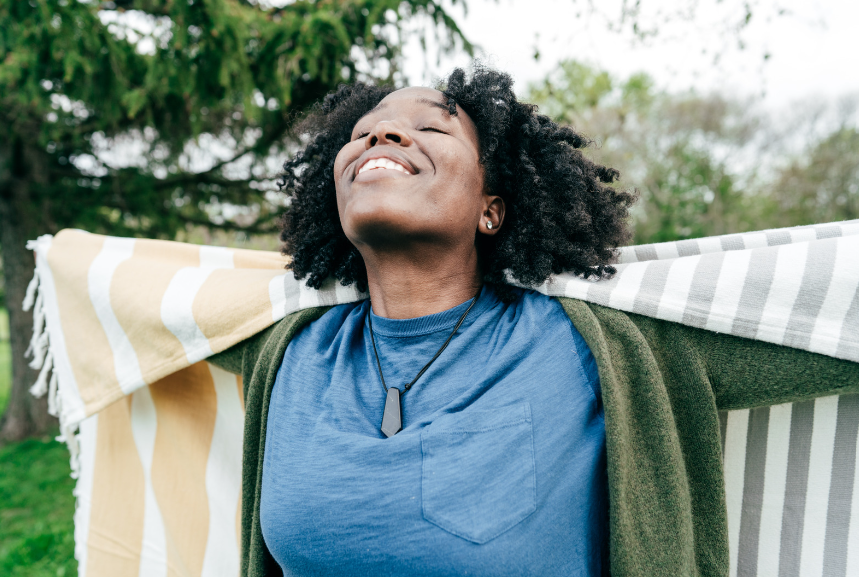
It’s time to get our hands a little dirty.
If you have a garden, here are some tips on how you can make your space more nature-friendly this spring.
Let your garden grow a little wilder
Cut your grass less often and, ideally, leave a patch to grow wild with plants like stinging nettles, clover and dandelions. These wild flowers and additional leaves will provide food sources for caterpillars and breeding places for butterflies and moths. You’ll make a big difference to our pollinators, with zero effort!
If you have paving, artificial grass or gravel in your garden, think about managing your space more naturally with green areas and plant pots to provide a refuge for wildflowers and insects. Not only do gardens provide a stepping stone for wildlife to move around urban areas, but you can help alleviate flooding in your local area by reducing the amount of paving.
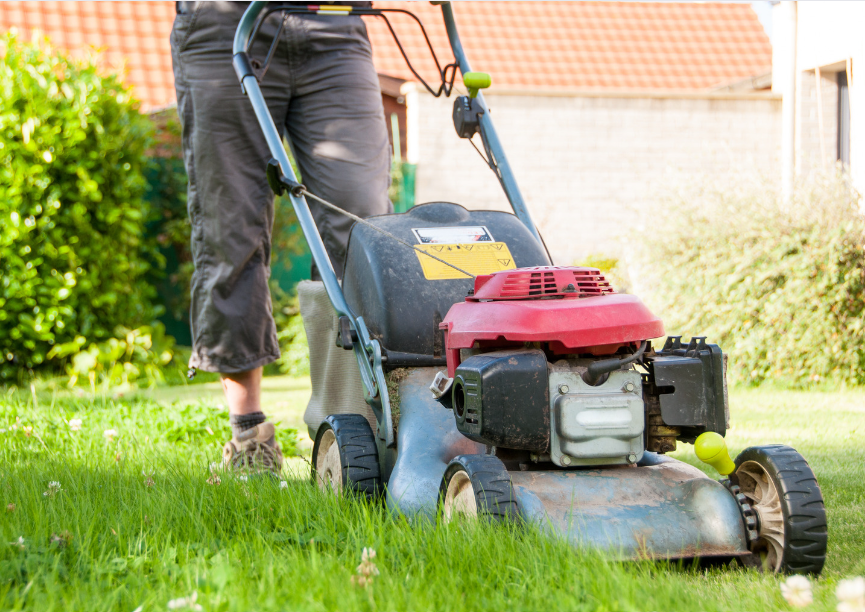
Nurture nesting birds
Be mindful of nesting birds when pruning bushes. If you spot a bird’s nest, try to leave the plant alone so it isn’t disturbed. Hanging bird feeders in your garden, or attaching one to your window, is a great way to enjoy nature close-up. To attract a variety of birds try offering a range of different foods, such as seed mixes, sunflower hearts and meal worms. Be sure to avoid bread, peanuts and fat during the spring months, as these can be a choking hazard for baby birds.
Paws for thought – If you have a cat or dog, the fur from grooming your pet can be a gift to nature! Left outside, birds will take it to make their nests warm and cosy, and mixed in to your pots and borders, it provides great extra nutrients for the soil.

Provide a pond
Add a splash of blue among the green! Frogs, toads and newts all come out of hibernation in the spring and are on the lookout for new places to settle. Setting up a pond in your garden can give them a safe space to live and breed, and will also attract a variety of other interesting wildlife like dragonflies and pond skaters.
A small pond doesn’t need to be complicated (even an old washing up bowl will do!). Just make sure to add a stepping-stone or shelf so animals like hedgehogs can climb out when they visit for a drink.
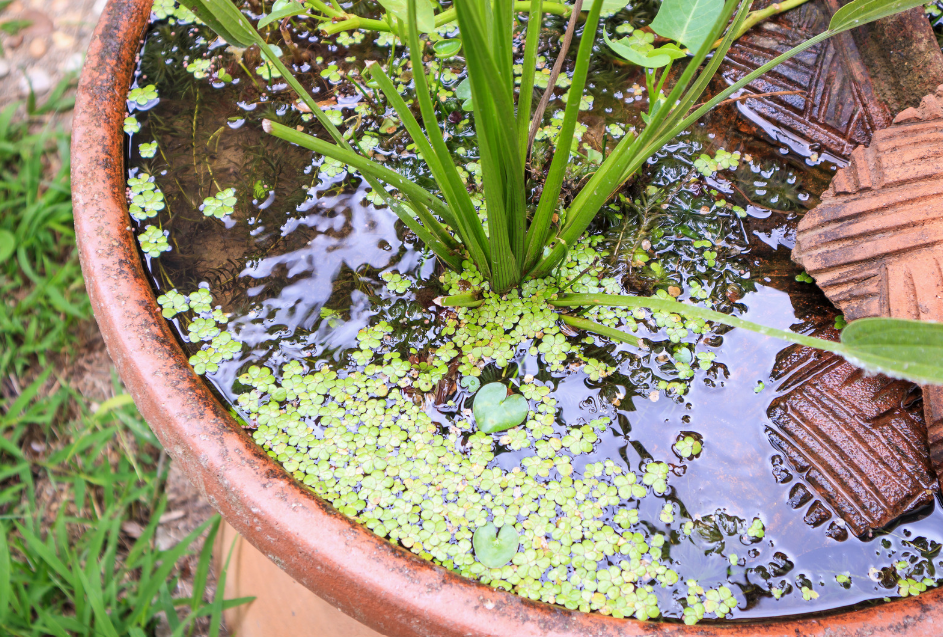
Plant for pollinators
One third of the food we eat, including fruit, vegetables, chocolate, coffee, nuts, and spices, is created with the help of pollinators. Without the service that nature provides, some of that food would become a lot harder to grow and more expensive. Worryingly, insect pollinator species are in dramatic decline as biodiversity loss around the planet accelerates. We can support these unsung heroes by growing pollinator-friendly plants in our gardens or patios.
Pussy willow, primroses and crocuses are all a rich food source in spring. Some easy-to-grow options for your window box or patio pot are Alliums and Chives, Rosemary, Thyme and Geraniums. Make sure they’re well watered, as thirsty plants won’t produce nectar.
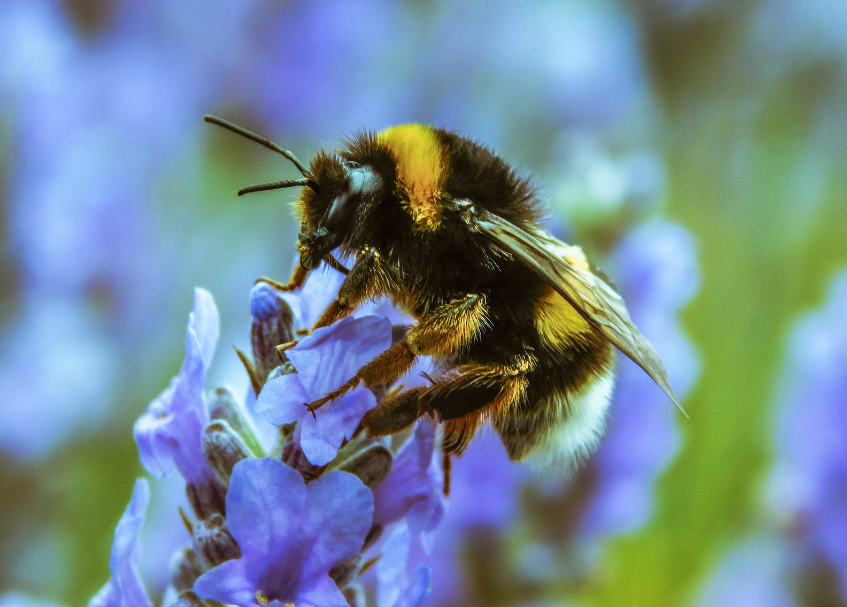
Choose peat-free products
Did you know that peatlands cover only around 3% of the world’s land area, but they store almost one-third of soil carbon, making them the largest soil carbon store? In Europe , peatlands contain five times more carbon than our forests. When peat is dug up and put into plastic bags for growing our veg and flowers, CO₂ gets released back into the atmosphere, accelerating climate change.
The UK government plans to ban peat use among amateur gardeners by 2024. It was hoped that garden centres would stop selling peat-based products by 2020, but this hasn’t yet happened so peat still accounts for around 35% of compost sales.
We can protect this vital resource by choosing peat-free products for the garden – and the good news is there are plenty of alternatives.
.
